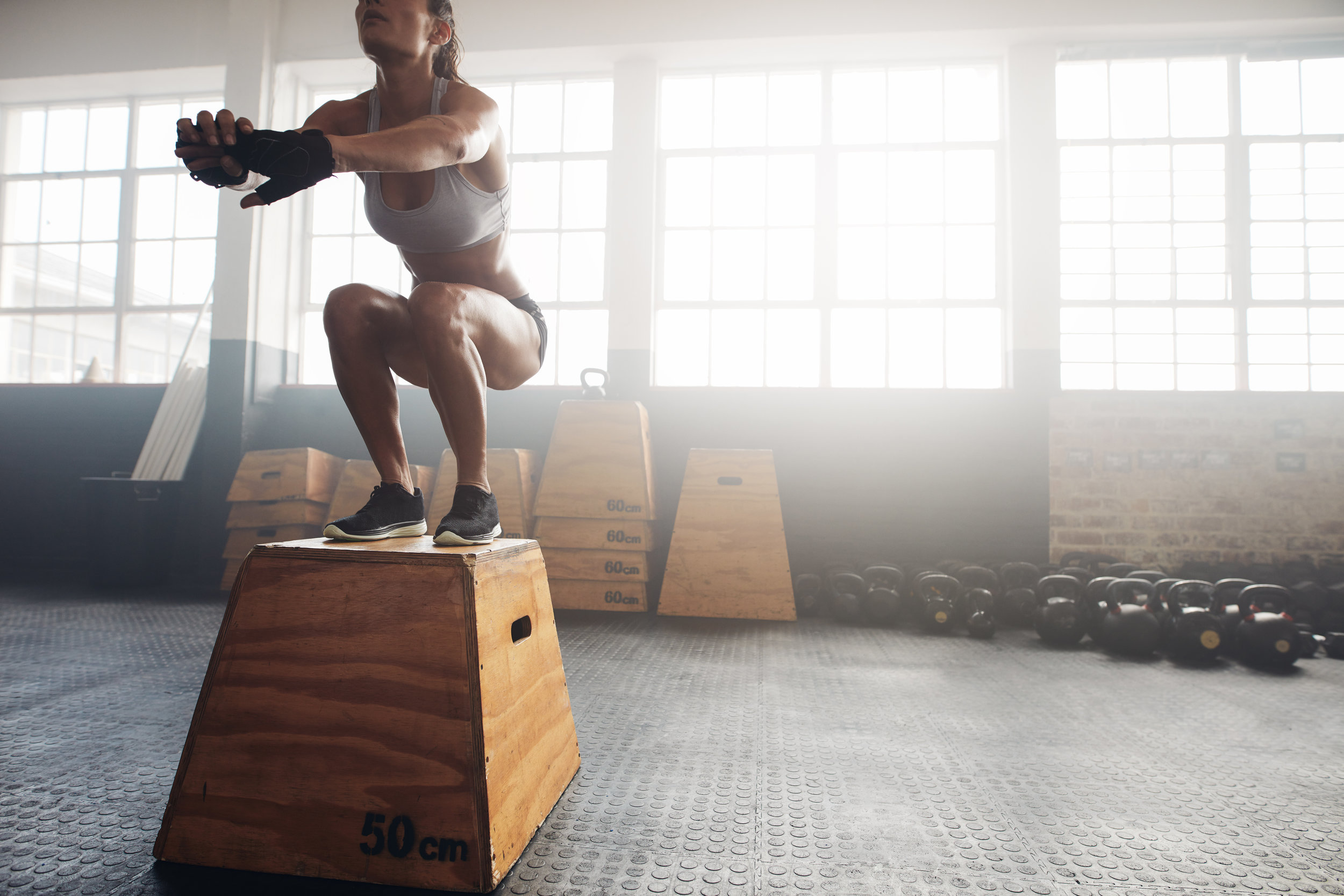Risk Factors for ACL Injuries in Female Athletes: Answers from a Vail Orthopedic Surgeon
Part 1: Valgus and Hyperlaxity
One of the topics I write about frequently on The Female ACL is knee injuries in female athletes. Many people have an inkling that our female athletes face greater risk of knee injuries.
From an anecdotal standpoint, as early as high-school, you're bound to encounter teenage athletes (females) who have a single, or sometimes multiple, knee surgeries. But you aren't just imagining things: our girls, young women, and women do in fact have a higher rate of major knee injuries.
Why is this? I'm going to delve into two of the main risk factors here today...
What does the term "Valgus" have to do with female athletes?
Valgus is a term that basically means "knock-kneed". On average, women are 4 degrees more valgus than men.
Is Valgus bad?
Well, when it comes to sustaining knee injuries, we certainly see this as a potential problem for the athlete. The valgus knee faces a much higher rate of Anterior Cruciate Ligament injury.
Why are women more valgus in the first place?
Women have a wider pelvis (relatively). To balance this out, they need to have their knees in a more valgus position to balance this out.
How does this impact the ACL?
Knock-kneed athletes live with their ACL on "stretch." The result is an ACL that is more likely to tear.
What is HyperLaxity?
“Hyperlax basically means “loose-jointed.” And while our hyperlax athletes have some anatomical advantages that can help them excel, they also face a greater risk of injury.”
What are the criteria for being Hyperlax?
- You can bend your thumb down to touch the front of your forearm
- You can bend your pinky finger back more than 90 degrees at the knuckle
- Your elbows hyperextend more than 10 degrees
- Your knees hyperextend more than 10 degrees
- You can touch your palms flat on the ground when you bend over to touch the ground
Are women more hyperlax than men?
Women have a much higher incidence of congenital hyperlaxity than men in the general population.
“In the World Cup athletes (female skiers) my partner, Dr. Jeff Harrison, and I saw that on a single day, 15 of 17 athletes met the criteria for congenital hyper laxity! So you can see how many of these world-class female skiers are considered loose-jointed.”
What's the result of hyperlaxity?
Hyperlaxity can result in a higher rate of shoulders that dislocate, and knee caps that dislocate.
Do hyperlax athletes face a greater risk of ACL tears?
Yes, and they also face a greater risk of re-tearing a reconstructed knee.
Some bad news for the hyperlax athlete...
Athletes with a torn ACL were 4.5 times more likely to meet the criteria for being loose jointed than athletes that had not torn their ACL.
And Some GOOD News...
Patients with hyperlaxity have a much lower risk of developing arthritis down the line.
For more on hyperlaxity, visit www.thefemaleacl.com or read the following article.
Dr. Sterett is Board Certified by the American Board of Orthopaedic Surgery, a member of the American Orthopaedic Society for Sports Medicine, a member of the Arthroscopy Association of North America, and is one of the few physicians who have earned a Certificate of Added Qualification in Sports Medicine.















